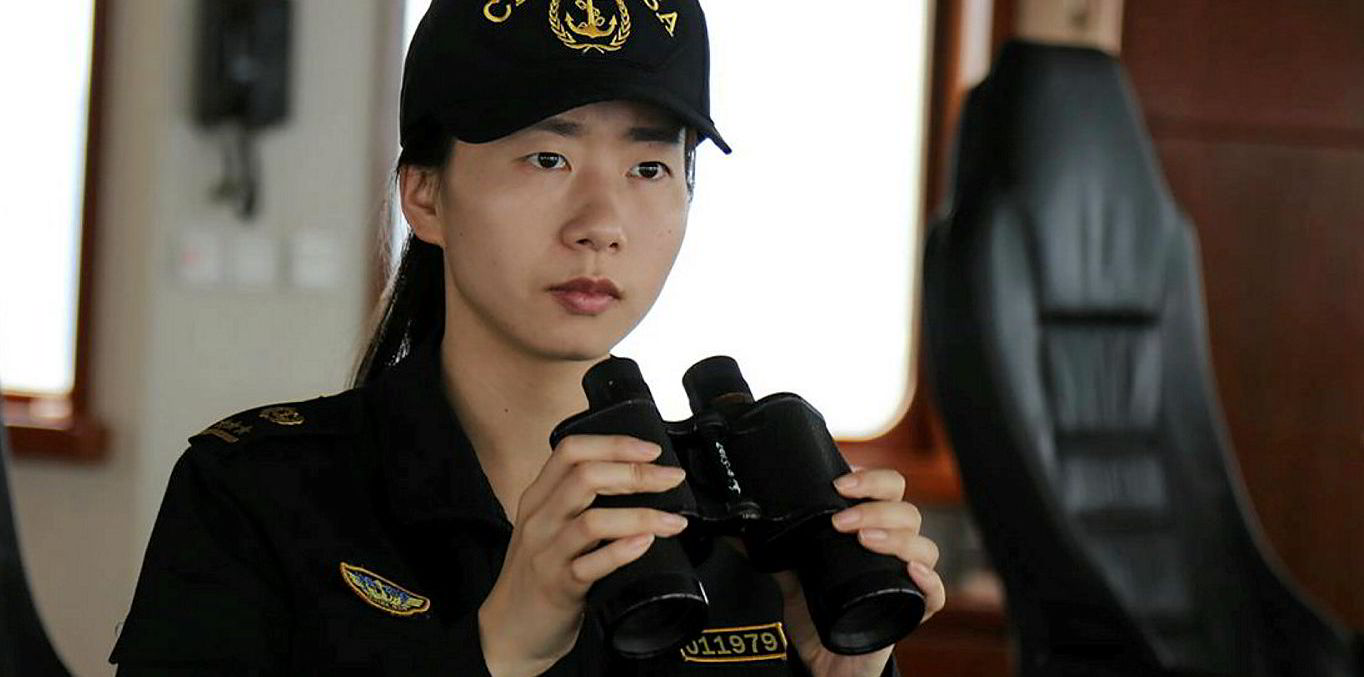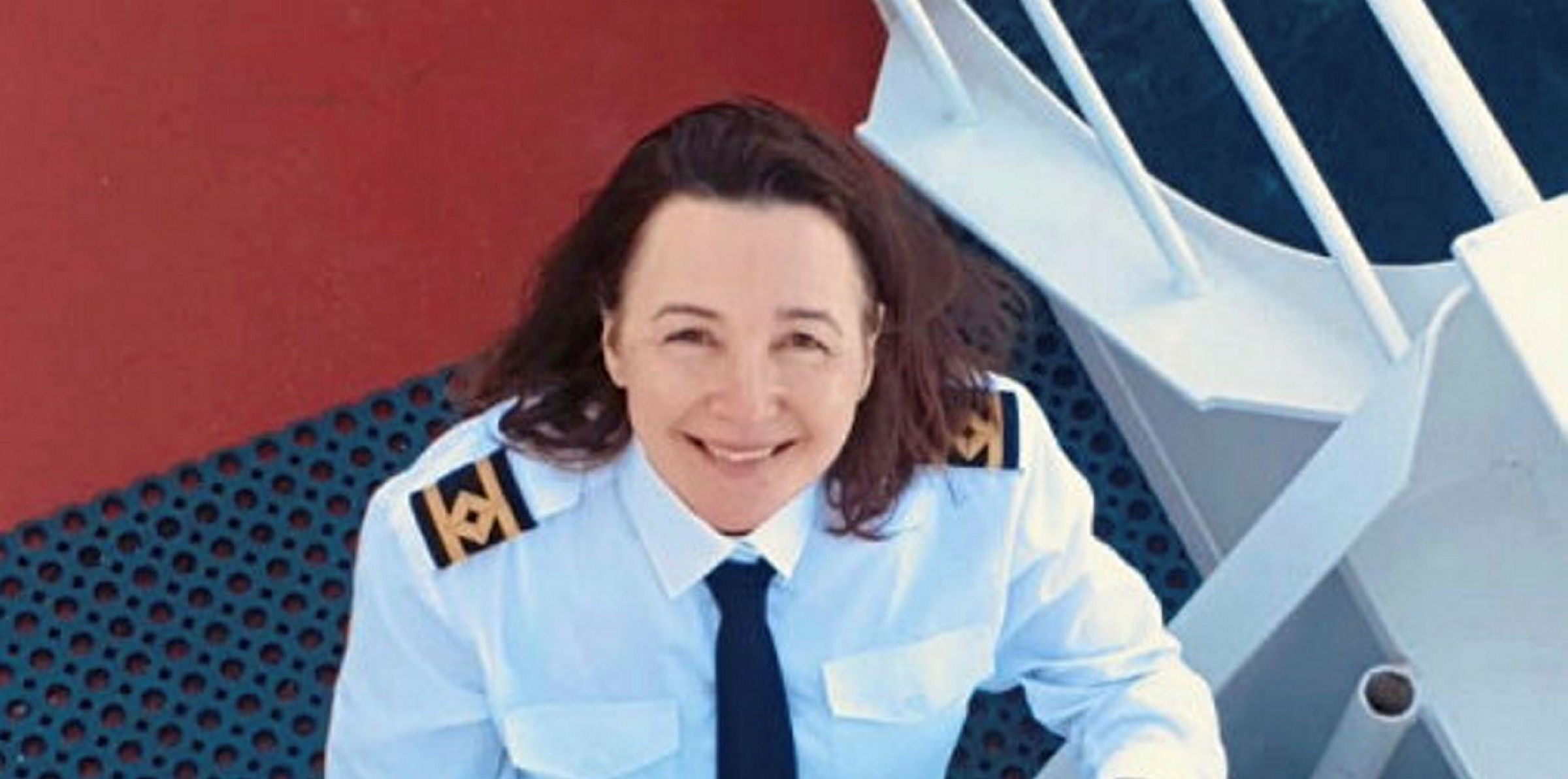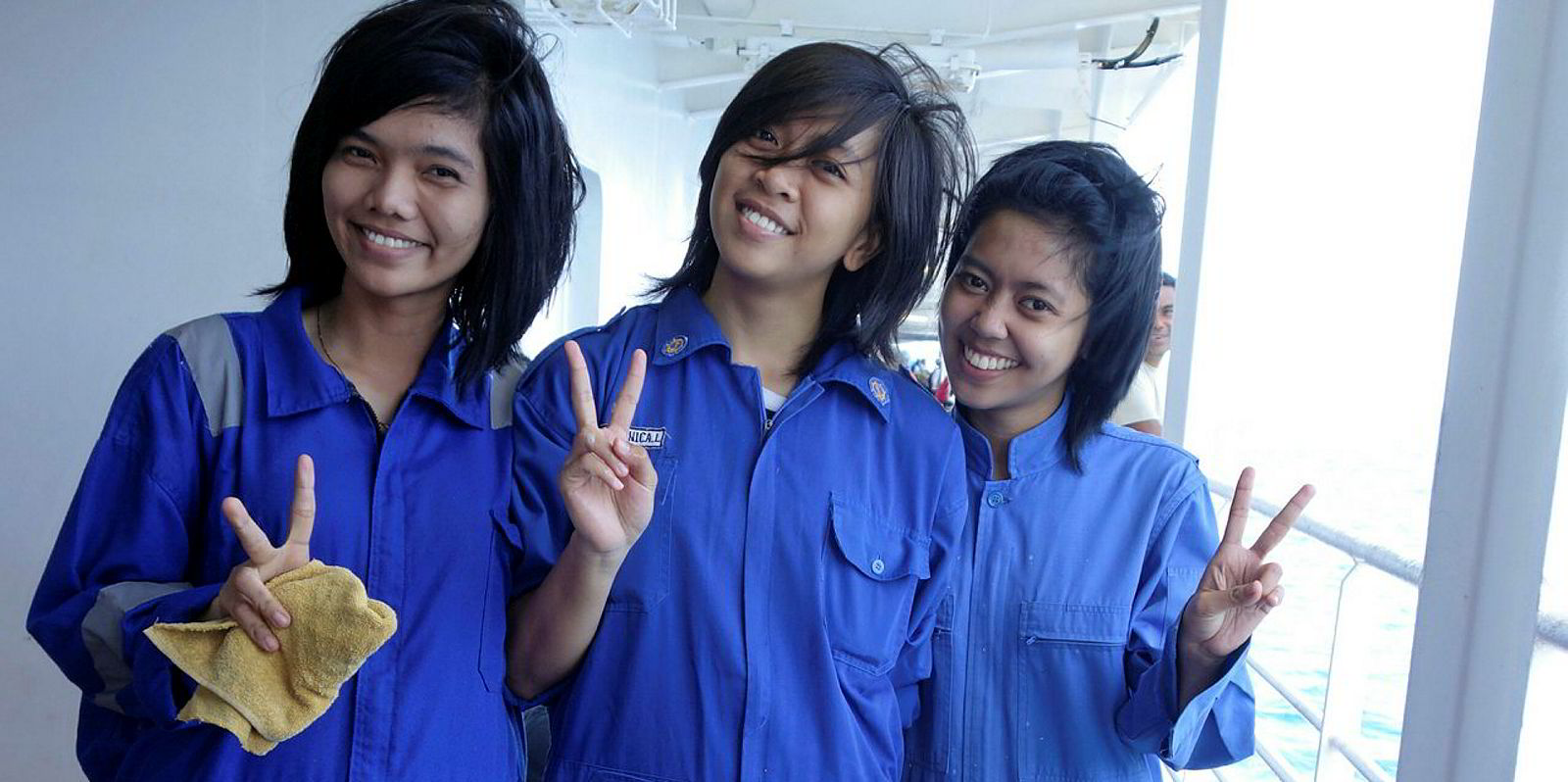When Captain Jessica Tyson boarded a ship in her years at sea, she usually took a piece of rope to use as a belt.
It is a strategy that she said women at sea often use to make a boiler suit designed for a man’s body fit them better.
“Women are different shapes,” said Tyson, a former tanker and cruiseship master who now works as a port pilot and marine surveyor, as well as serving on the advisory board of the charity Human Rights at Sea.
“If you have ill-fitting equipment, it takes a bit of jury-rigging to get it to work for you.”
Women who work on ships represent a tiny minority of the crew, particularly outside of the passengership sector, so they often encounter a variety of hurdles.
But there is one obstacle that seafarers and their advocates say also represents a safety risk — a one-size-fits-all approach to providing personal protective equipment (PPE) that means the kit used to protect seafarers is often not suited for the female body.
A 2019 International Labour Organization (ILO) report on the retention of women in seafaring careers identified the need for all seafarers to have work gear that fits their personal dimensions.
Physical differences
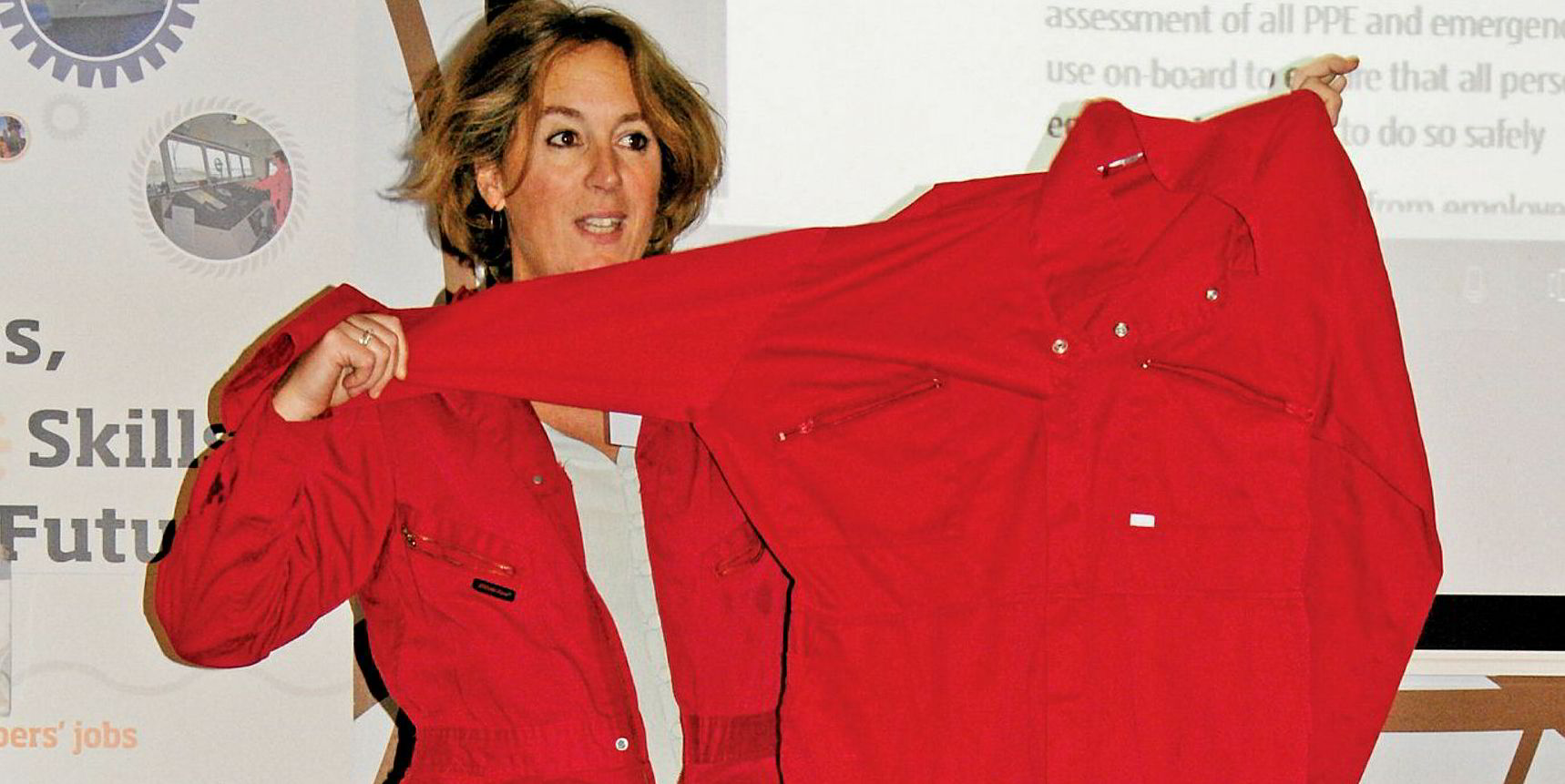
“Boiler suits, harnesses, life jackets, gloves, shoes, raincoats and parkas should be made to fit, as loose clothing may pose a danger to seafarers,” the ILO’s sectoral policies department said.
“For women to be able to work efficiently and effectively on board, it is imperative that safety protection equipment be constructed properly. Designs need to be adjusted to take into account the physical differences between male and female seafarers.”
In addition to boiler suits that do not fit bodies that vary considerably from woman to woman, female seafarers often find that their gloves extend well beyond the tips of their fingers, or their boots may be several sizes too large.
Female cadets have described jumping into the water during life-saving training and falling right through their life jackets.
Debbie Cavaldoro, head of strategy and policy at shipping officers union Nautilus International, said ill-fitting PPE is not just an issue for women.
“Actually, it’s an issue for all seafarers. People come in all different shapes and sizes, and personal protective gear doesn’t,” she said.
A safety issue
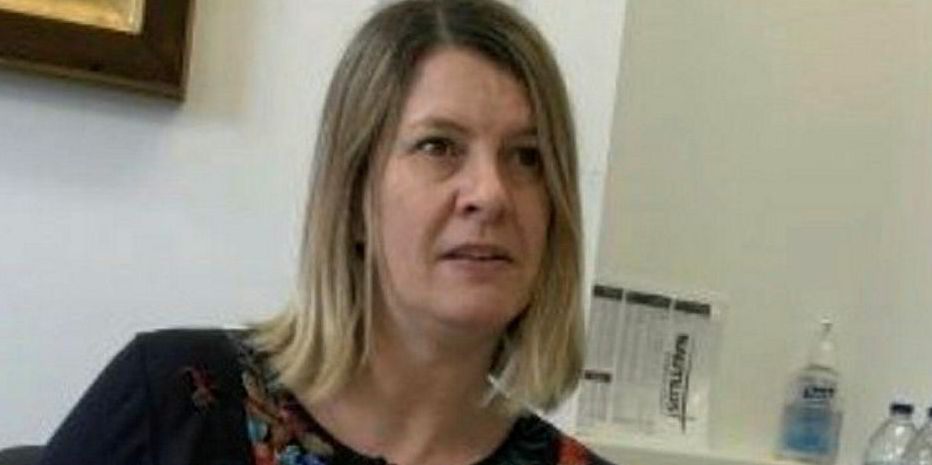
She said ill-fitting equipment can distract a seafarer from key tasks at critical moments.
Boots that are too large might lead to missteps or stumbles when working on a ship’s fire team or at other critical moments.
“If you’re always having to put on three times the socks to fit a boot, ultimately there is always that increased risk that they’re not going to put their foot in the right place, because actually, where they think their foot is is not where the boot is,” Tyson said.
Boiler suits, the one-piece coveralls that are the daily uniform for many seafarers, can become a safety issue if parts of the garment fit too loosely. Tyson described gloves available to her on shifts as often useless because of the large standard size.
The global supply of seafarers to the shipping industry is 1.65m people, and just 1% of those are women, according to the ILO report.
Cruiseships have a far higher proportion of women working on board than cargo shipping sectors, where a woman on a tanker or bulker is likely to find herself as the only member of her sex.
Seafarers advocates know shipping companies cannot stock enough variety in PPE to handle every body shape. But they argue that the industry needs to be better aware of individual differences and ensure crew can get access to kit that fits them, in an effort to encourage more women to embark on long-term careers at sea.
“At the end of the day, the crews are the best piece of equipment you’ve got on the ship — if you train them properly and you give them the right tools to do the job. And part of that is the PPE,” Tyson said.
Personal protective gear: making shipping a better fit for female seafarers
Mariners, male and female, come in different shapes and sizes. Their equipment and clothing should too
Does pregnancy testing of mariners violate UN convention?
Shipping companies recruiting in nations that allow testing say it is part of a health check
Sanitary products a symbol of challenges facing women at sea
Mariners report lack of access to feminine hygiene products and disposal
Comment: To hire the talent shipping needs, it can’t turn its back on women
Making a career at sea more attractive to the world’s second-largest pool of potential workers is an opportunity to tackle a growing officer shortage
